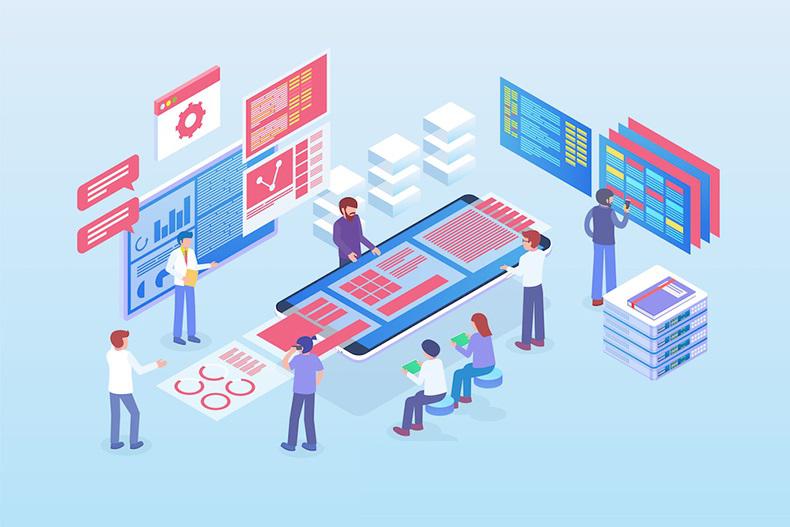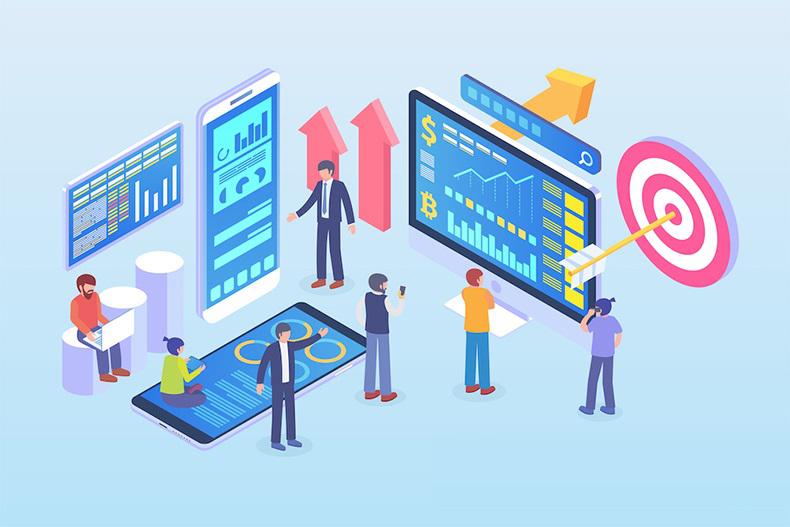Digital asset chain (DAC) is a self-developed universal digital asset chain platform. Based on the universal cloud blockchain engine, it can realize the right confirmation, trusted preservation and secure transaction of digital assets.
1、 Functional services
1)Chain management
View the running status of the digital asset chain instance in real time, and do the corresponding operations on the instance. You can view node resources, network distribution, and query block and transaction information.
2) Asset management
View the API call, digital asset collection, digital asset issuance, digital asset circulation and other related data of digital asset chain instances in real time.
2、 Product advantages
1) Self research controllable
Self developed underlying technology, self controllable. Provide general digital asset management capabilities, and users can customize and build business scenarios freely.
2)Safe and credible
The financial level security environment ensures the stable and reliable operation of blockchain and contract services and the reliable circulation of digital assets.
3) Ultra high performance
Support 50000 times / second concurrent creation of digital assets on the chain, and support the issuance and circulation of 10 billion level digital assets.
4)Easy to use
The development of digital content trading platform can be quickly completed only by API docking, so as to realize the full life cycle management of digital content.
3、Product technology
The digital asset chain software development kit (DAC SDK) encapsulates the rest API provided by DAC services to simplify users' development work. Currently, it provides 20 + business and tool interfaces. When developing, users only need to pay attention to their own business logic, call the corresponding interface to encapsulate and send messages, and do not need to pay attention to the encapsulation details of the underlying blockchain messages and the specific process of message sending and receiving.
SDK logical structure
SDK mainly provides identity management, digital asset management module and corresponding supporting components. The digital asset management module on the blockchain is implemented based on industry standards, including erc721 protocol, erc1155 protocol, erc165 protocol and other functional interfaces. Customers can use one or more standard protocols to manage digital assets according to business needs. The supporting components mainly include functional interfaces such as secret key generation & certificate issuance, configuration file analysis, encrypted communication, etc.
Secret key generation & certificate issuance
The casting and circulation of digital assets need to be based on users on the blockchain. Each user has a set of corresponding certificates and private keys, which can truly protect their asset ownership. SDK provides an interface. Users can locally generate the user secret key and the corresponding user certificate by configuring the private key of the organization Ca in the configuration file.
Identity management
Users on the chain support the following identity identifiers:
Address identification: general mode. The address is calculated by the user's public key, and the user's identity is identified on the chain to complete the digital asset management.
Digital asset collection management
Digital asset set is used to identify a kind of similar digital assets, and each digital asset needs to belong to a certain asset set. The creator of a digital asset set can manage the set information and cast digital assets under the set, and others can query the set information. Main interface functions include (see interface list for details):
Create a collection of digital assets: each collection contains 0 or more digital assets.
Modify set information: the creator can modify the name and abbreviation of the set.
Query the name of asset set: query the name of the set through the set ID.
Query abbreviations of asset sets: query abbreviations of sets through set identification.
Get the list of digital asset Collections: query the identities of all collections on the blockchain through this interface.
Erc721 protocol
According to the industry standard, the interface meeting the erc721 protocol is implemented, and a single set of digital asset management can be carried out through the protocol interface. Main interface functions include:
Tokenid: each digital asset must belong to an "asset set", and the number starts from 0. Asset types include pictures, videos, audio, 3D models, etc.
Digital asset circulation: the ownership of digital assets can be transferred between user identities.
Set asset authorized user: the owner can specify an authorized user for each digital asset, and the authorized user has the circulation operation authority of digital assets.
Set set level authorized user: the owner can specify an authorized user for an "asset set", and the authorized user has the circulation operation permission of each digital asset of the owner under the set.
Query digital assets: query asset details according to users or digital asset identifiers.
Erc1155 protocol
According to the industry standard, the interface that meets the erc1155 protocol can be used for multi set digital asset management, and compared with the erc721 interface, it provides the ability to operate digital assets in batches. Main interface functions include:
Batch casting digital assets: batch casting one or more digital assets for a "asset set".
Batch transfer of digital assets: the owner can transfer the ownership of several digital assets belonging to different or the same set.
Batch query digital asset ownership: batch query whether multiple users have the corresponding ownership of digital assets.
Set user level authorized user: the user can specify an authorized user who has the circulation operation authority of digital assets owned by the user under any "asset set".




评论 (0)